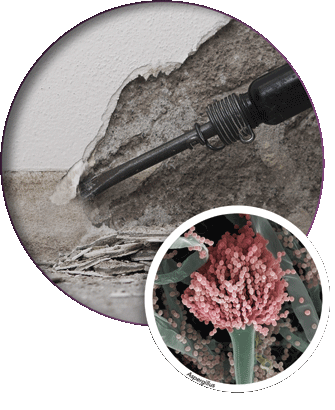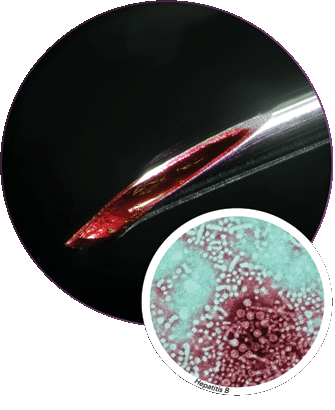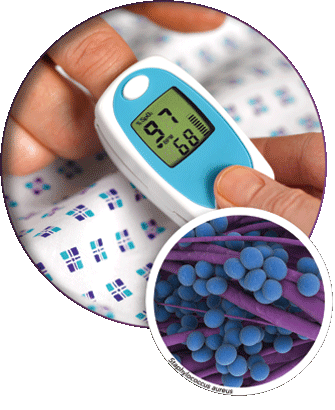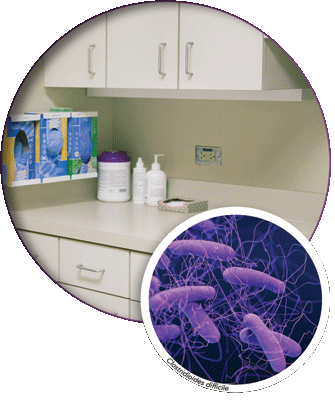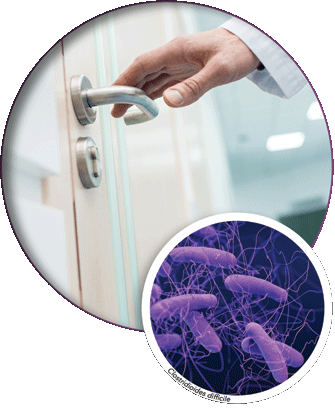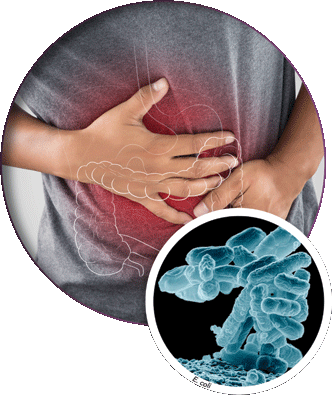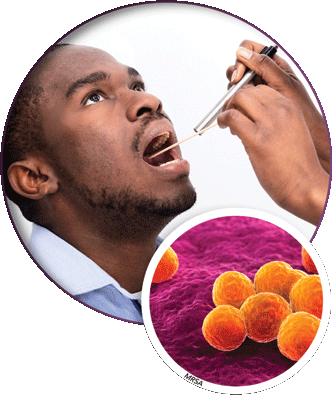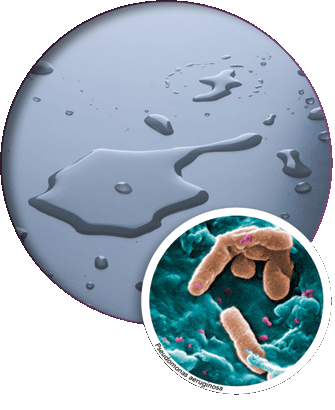The skin is a reservoir for germs.
How Germs Spread from Skin
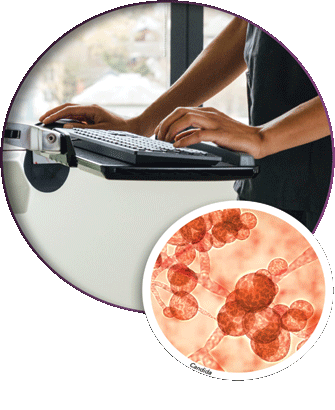
Many germs grow on healthy skin.
Germs on skin can get onto surfaces, other people, and things that will touch other people.
Skin – especially hands – carries many germs and spreads them easily.
When someone touches surfaces with their hands, germs can spread from those surfaces to their hands and to others.
Infection Control Actions
Hand hygiene
Appropriate glove use
Safe injections
Cleaning and disinfection

